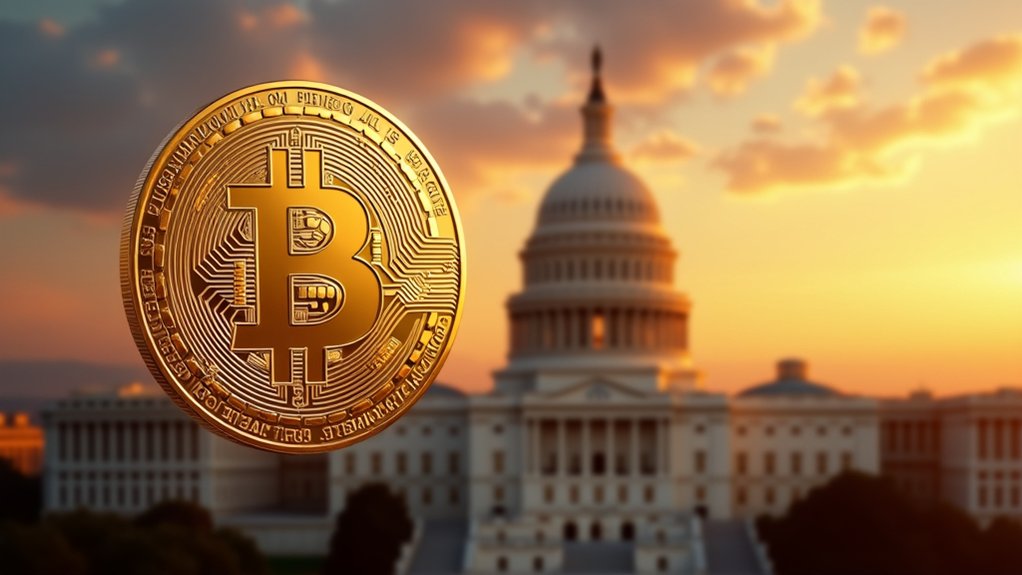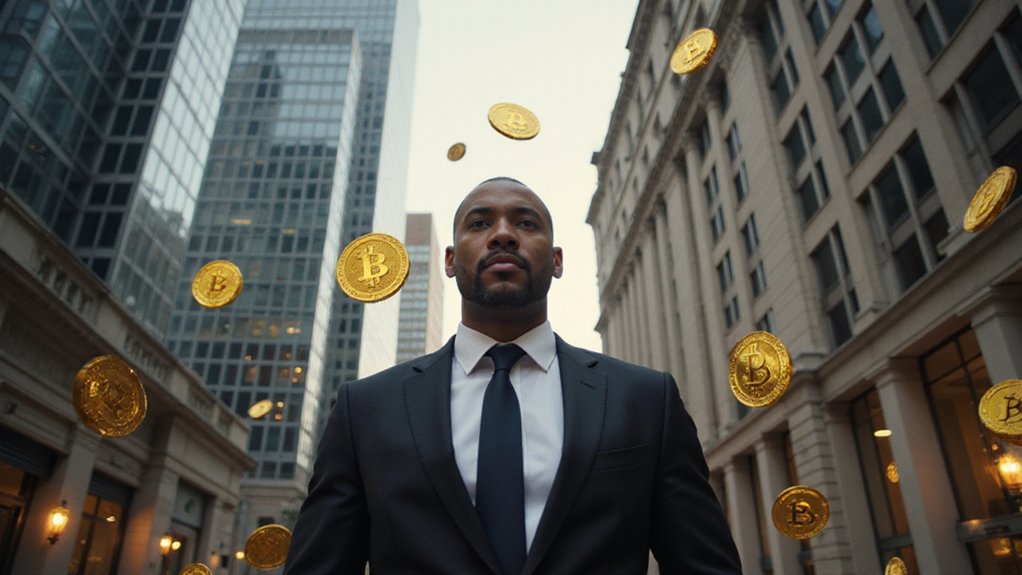While most jurisdictions still grapple with whether Bitcoin constitutes currency, commodity, or existential threat, the United Arab Emirates has quietly assembled what may be the world’s most sophisticated regulatory apparatus for virtual assets—a bureaucratic trifecta spanning the Central Bank of the UAE, the Securities and Commodities Authority, and the aptly named Virtual Assets Regulatory Authority.
This regulatory clarity, rather than stifling innovation, has created an unprecedented migration of crypto wealth. The UAE’s approach represents a masterclass in jurisdictional arbitrage: offer legal certainty while maintaining tax advantages that would make a Swiss banker weep with envy. The nation’s commitment to virtual assets manifested in attracting over $30 billion in crypto-related investments during 2024 alone.
For individuals, Dubai presents the tantalizing prospect of zero percent personal income tax on crypto earnings, whether derived from trading, staking, or mining operations. Capital gains taxes? Non-existent. VAT on personal crypto transactions? Waived entirely.
The regulatory framework operates with surgical precision. VARA licenses exchanges and custodians within Dubai’s free zones, marking history’s first dedicated virtual-asset regulator. Meanwhile, the Central Bank permits only dirham-backed stablecoins while prohibiting algorithmic variants—a decision that appears prescient given recent market volatility.
The SCA governs crypto assets classified as securities, implementing enhanced due diligence requirements that would satisfy even the most paranoid compliance officer.
Yet this regulatory paradise demands significant tribute. Licensing costs create formidable barriers for smaller firms, while multiple regulatory bodies—Dubai’s VARA, federal authorities, and the DIFC’s DFSA—operate with standards that aren’t always harmoniously aligned.
Companies must navigate this labyrinthine structure while maintaining agility as regulations evolve, particularly regarding stablecoin and marketing requirements. Given the complexity of this regulatory environment, many firms benefit from seeking expert legal solutions to ensure compliance across all jurisdictions.
Beyond fiscal considerations, the UAE offers what traditional financial centers increasingly cannot: political stability, modern infrastructure, and a cosmopolitan environment where crypto fortunes attract admiration rather than suspicion. In contrast, the European Union’s MiCA framework now subjects crypto businesses to extensive compliance requirements and significant penalties for non-compliance.
The emirate has cultivated a growing community of blockchain entrepreneurs, fostering collaboration through dedicated co-working spaces and networking events in free zones.
This convergence of regulatory sophistication, tax efficiency, and lifestyle amenities has created an ecosystem where crypto elite can operate with unprecedented legitimacy. The UAE’s gamble—that clear rules and favorable treatment would attract virtual asset capital—appears to be paying dividends in the form of a thriving digital economy.








